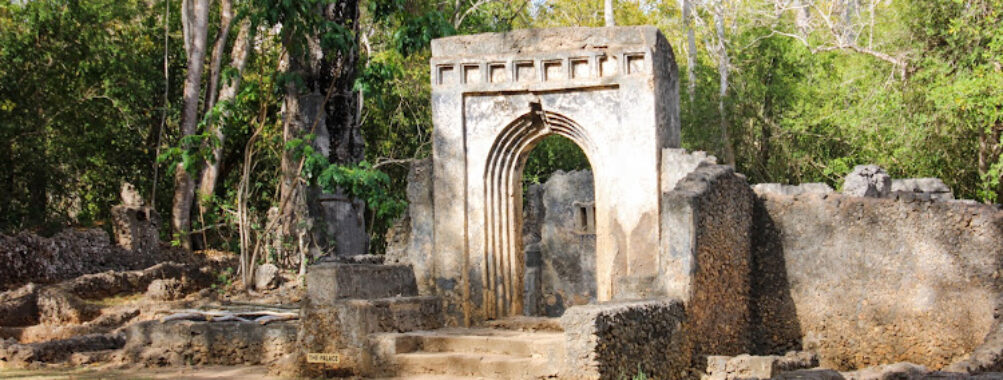
Gedi Ruins Malindi… Snake Park
Table of Contents
Description
Gedi Ruins Malindi… Snake Park is one of those rare places where history and nature collide in a way that feels almost magical. Imagine wandering through the remains of an ancient Swahili town, walled off and tucked away in the coastal forests of Kenya, where mosques, a palace, and numerous houses stand silent but proud. It’s like stepping back in time to the 13th to 15th centuries, when this bustling settlement thrived along the East African coast. The ruins aren’t just piles of stone — they tell stories of a sophisticated community that once lived, traded, and worshipped here.
What’s really special about Gedi is how it’s wrapped in mystery. Archaeologists still debate what exactly happened to the town’s residents — did they flee, were they wiped out by disease, or did other forces play a part? Walking through the site, you get a sense of that enigma. The stone walls, the intricately carved pillars, and the empty courtyards covered in leaves all whisper secrets. And then, just when you think you’ve soaked it all in, the Snake Park nearby offers a completely different vibe. It’s a chance to switch gears and get up close with some of Kenya’s fascinating reptiles and other wildlife, making the whole visit a unique combo of history and adventure.
Accessibility here is surprisingly good, with wheelchair-friendly entrances and parking, which isn’t always the case with archaeological sites. Plus, it’s a spot kids tend to enjoy too — the ruins spark curiosity, and the Snake Park adds that extra dash of excitement. There’s something about being surrounded by ancient stones and then spotting a colorful snake or a shy chameleon that sticks with you.
Key Features
- Extensive walled city ruins including mosques, a palace, and numerous houses
- Stone pillars and carved doorways showcasing Swahili architectural style
- Well-preserved archaeological site offering insights into 13th-15th century coastal life
- Adjacent Snake Park featuring a variety of reptiles and other wildlife
- Wheelchair accessible entrances and parking areas
- Family-friendly environment suitable for children
- Guided tours available to deepen understanding of the site’s history
- Set within a lush forest environment adding to the mysterious atmosphere
Best Time to Visit
If you’re wondering when’s the best time to soak up the Gedi Ruins and the Snake Park, the dry seasons are your best bet. From June to October, the weather is generally cooler and less humid, which makes wandering around the ruins — and spotting wildlife in the park — way more comfortable. The rains from March to May can make the paths slippery and the forest a bit wild for exploring, so unless you’re a seasoned adventurer who loves a muddy trek, it’s better to avoid that period.
Early mornings are especially magical. The forest is alive with birdsong, and the ruins have this quiet, almost sacred feeling. Plus, the Snake Park is less crowded, so you get a better chance to observe the animals without the hustle and bustle. Late afternoons are also pleasant, but be mindful of the closing times so you don’t get rushed.
How to Get There
Getting to Gedi Ruins Malindi… Snake Park is pretty straightforward if you’re already in Kenya’s coastal region. The site is roughly 16 kilometers from Malindi and about 120 kilometers from Mombasa, making it an easy day trip from either city. Most travelers opt for a car or taxi, and the drive takes you through some scenic countryside and coastal views.
If you’re feeling adventurous, local matatus (shared minibuses) run routes nearby, but they might drop you a bit of a walk from the entrance. Renting a car gives you the freedom to explore at your own pace and maybe even stop by other nearby attractions along the way. The roads leading to the site are generally in good condition, but it’s always wise to check local traffic updates, especially during rainy periods.
Tips for Visiting
First off, wear comfy shoes. The ruins cover quite a bit of ground, and the paths can be uneven — trust me, you don’t want to be limping halfway through your visit. Also, bring some water and a hat, especially if you’re visiting during the warmer months. Shade is limited in some areas, so keeping hydrated is key.
Don’t rush through the site. Take your time to really soak in the atmosphere. There’s a guide service available, and if you’re curious about the history (and who isn’t?), they’re well worth hiring. They’ll share stories and details you’d probably miss on your own, making the whole experience richer.
Kids usually love the Snake Park, so if you’re traveling with family, plan enough time to enjoy both the ruins and the wildlife. And if you’re into photography, this place offers some stunning shots — just watch out for the light filtering through the trees and the contrast with the ancient stonework. Oh, and a heads-up: the site can get busy during weekends and holidays, so if you prefer a quieter visit, weekdays are your friend.
Finally, be respectful. This isn’t just a tourist spot; it’s a cultural and historical treasure. Stick to the paths, don’t climb on the ruins, and take only pictures — leave only footprints. It’s places like this that remind us how connected we are to the past, and how important it is to preserve it for future generations.
Location
Places to Stay Near Gedi Ruins Malindi... Snake Park
Find and Book a Tour
Explore More Travel Guides
No reviews found! Be the first to review!